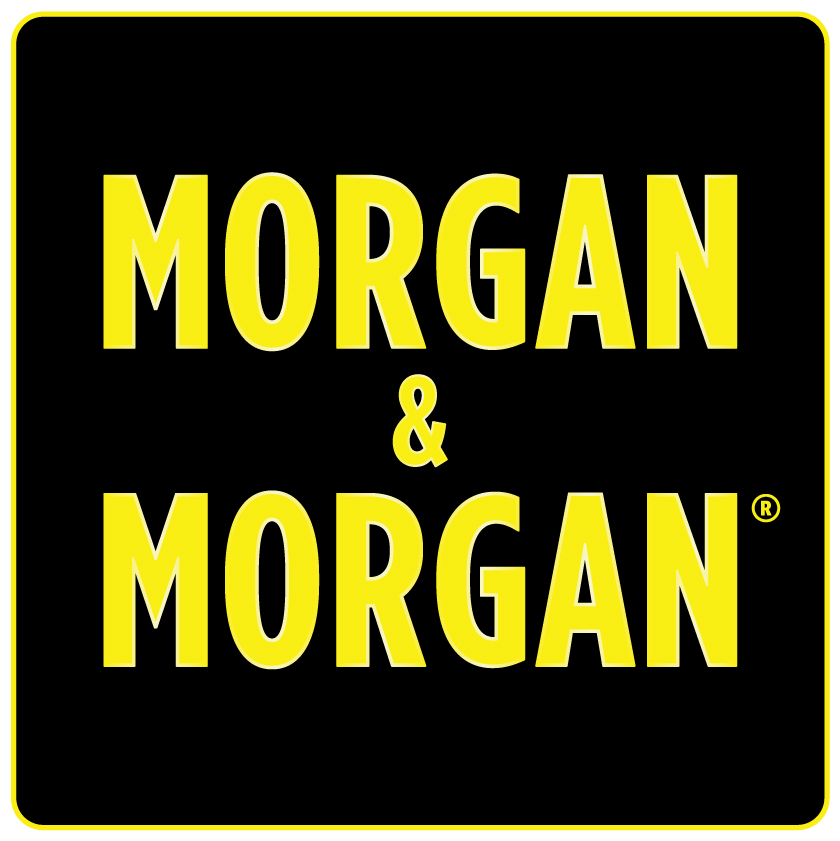What’s the “secret formula” that helps Keith Mitnik, senior trial counsel at Morgan & Morgan and author of Don’t Eat the Bruises, win his most difficult cases?
It’s very simple.
He believes that one of the most important exercises a lawyer can do in preparing a case for trial is ask two questions: Why are you right? Why are they wrong?
In Keith’s most-listened to podcast episode of Mitnik’s Monthly Brushstrokes, he breaks down his trial preparation technique that is the key to a winning argument.
Every case is about problem-solving and persuasion. Keith suggests lawyers go through every possible point of contention in their cases, and ask themselves “Why are we right? And why are they wrong?” with each individual point.
“Rather than simply following the facts where they might lead, break it down to a bunch of sequential whys,“ Keith explains.
On some of the individual points of contention, you may find that the opposing side is actually right – and Keith urges you to be brutally honest with yourself in these moments. And then, ask yourself that if the defense is right on this point, why are you still right overall?
“If you work through the whole case in that fashion, you will have revelations and epiphanies that you can build into your case … and you will build a case that is concrete and is very hard for the defense ever to make any meaningful dents into it,” Keith explains.
For example, a common problem that comes up in personal injury lawsuits involving a car crash is the defense team will say your client had a pre-existing condition. As Keith tells it, the defense may say “that the crash was not the cause of any significant injuries, that your client’s injuries may have been there temporarily from this crash but that they would have gone away in about six weeks.”
Now apply the why.
“Stop a minute and say, why are we right that my client was hurt in that crash in spite of having some pre-existing degeneration, in spite of it not being a whole lot of visible property damage, and in spite of the fact that they’ve got a doctor who comes along and says ‘our client should have healed.’”
Keith does this in every case. Answering the whys early on helps him pick the right words and phrases to best tell the client’s story. This process will also help you pose the right questions to focus jurors on the case’s strengths.
